Houston Zoo brings South American wildlife experience
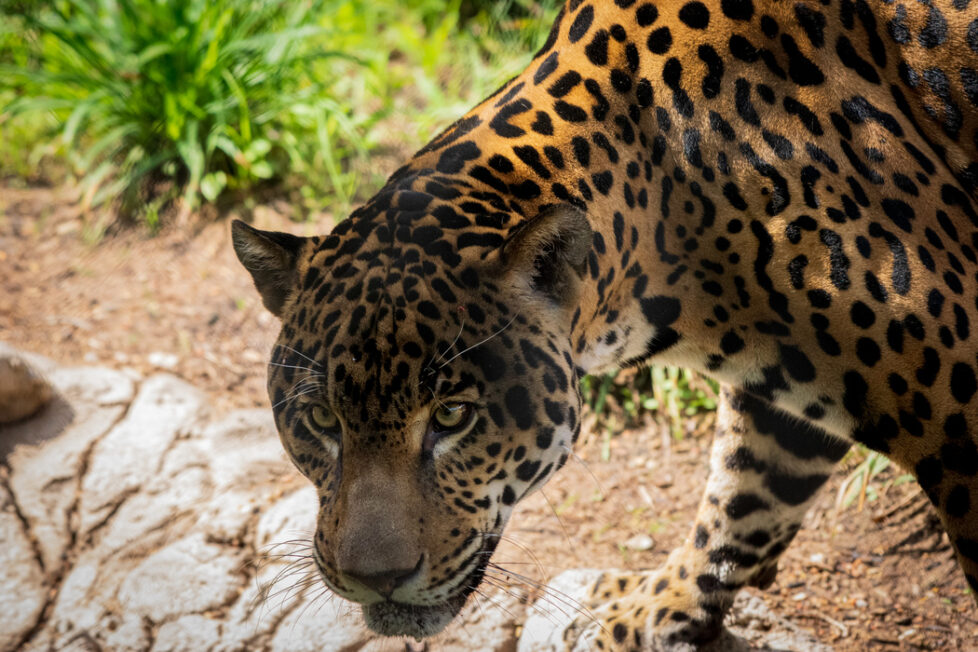

HOUSTON – A global pandemic can’t stop the Houston’s Zoo’s commitment to connecting communities with animals to inspire action to save wildlife. The Zoo’s latest expansion project, South America’s Pantanal, opened to the public on Saturday, Oct. 10.
The 4.2-acre multi-species environment explores the legendary tropical wetlands of Brazil — home to South America’s greatest concentration of wildlife and is the next in the series of new habitats the Houston Zoo is planning, culminating in its 100th year in 2022.
South America’s Pantanal allows guests to explore the tropical wetlands of Brazil right here in the Bayou City. The lush habitat highlights animals the Zoo is protecting in the wild, including for the first time at the Houston Zoo, giant river otters. Partnered with on-the-ground conservationists in Brazil, the Zoo offers visitors the chance to see these animals in an immersive and engaging trail that gives guests the opportunity to view jaguars, capybaras, giant river otters, dart frogs, howler monkeys, anaconda and macaws closer than ever before in Houston.
In South America (Brazil, Paraguay and Bolivia), the Pantanal region is a mix of forest, rivers, marshes, and grassland and inhabited by a stunning variety of wildlife.
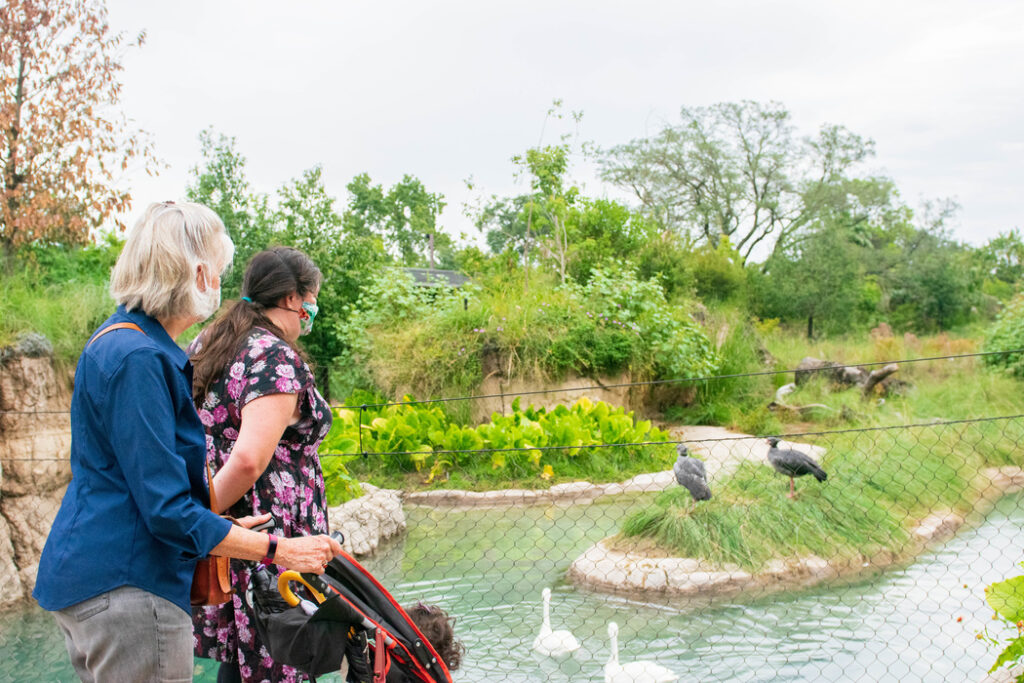
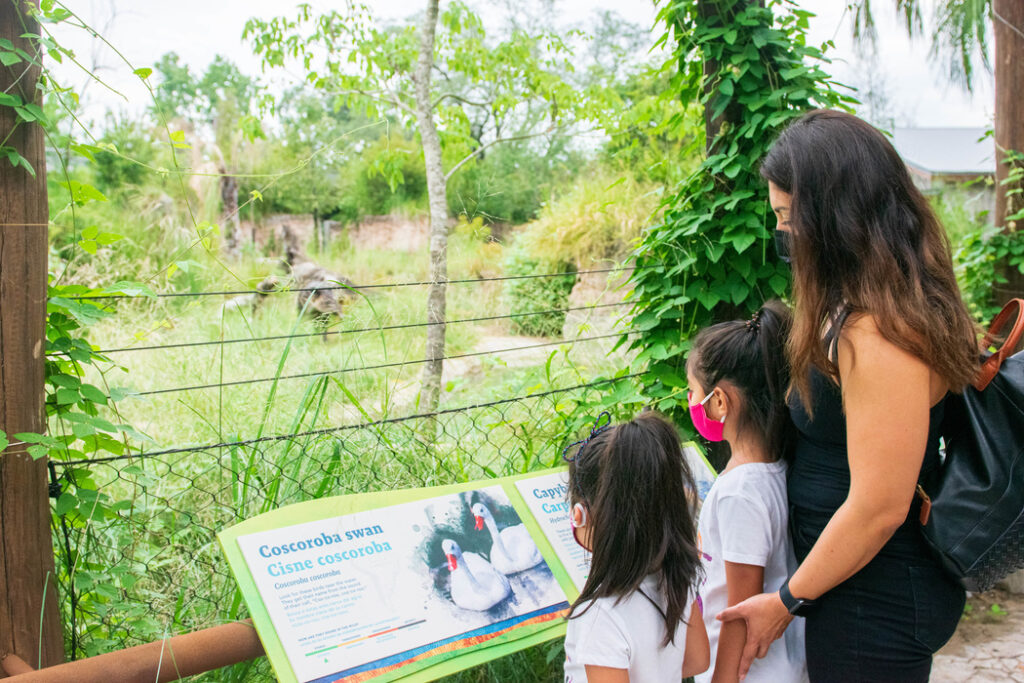
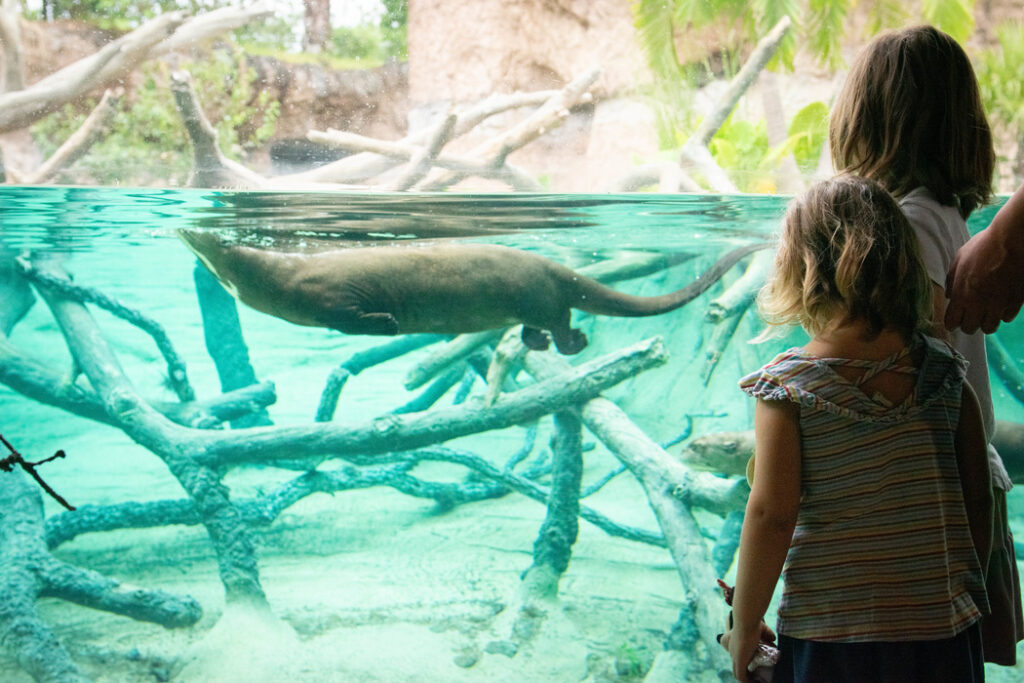
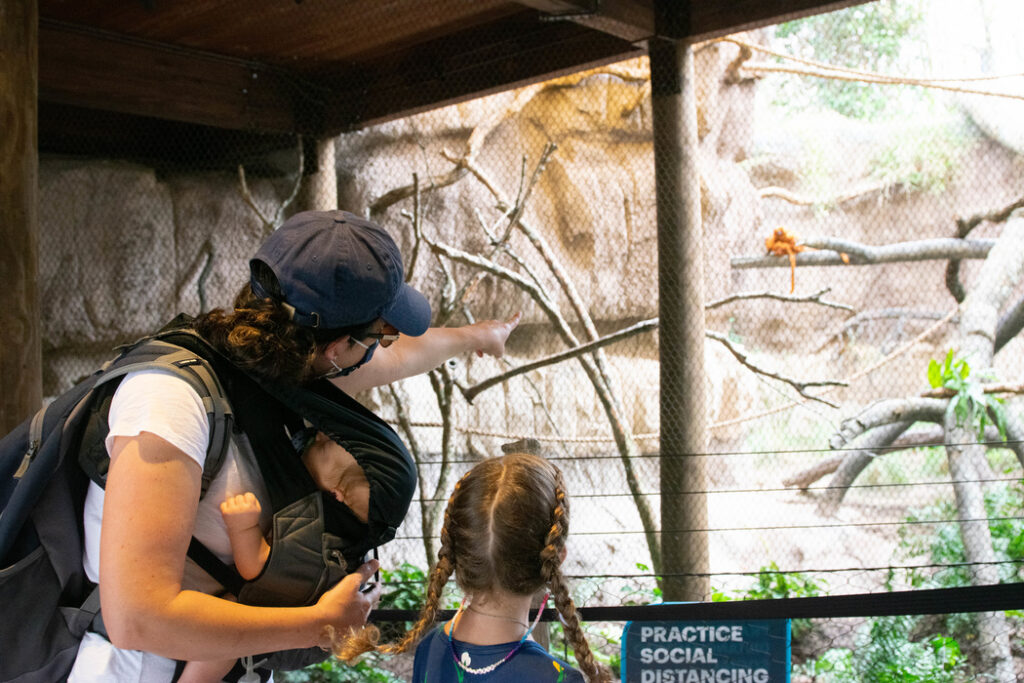
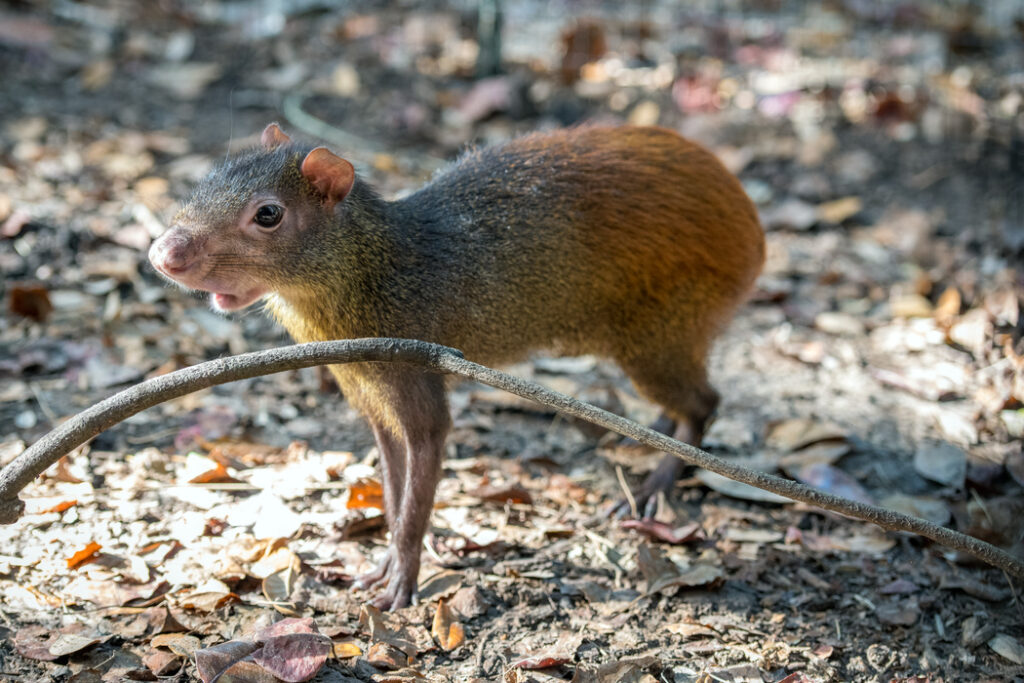
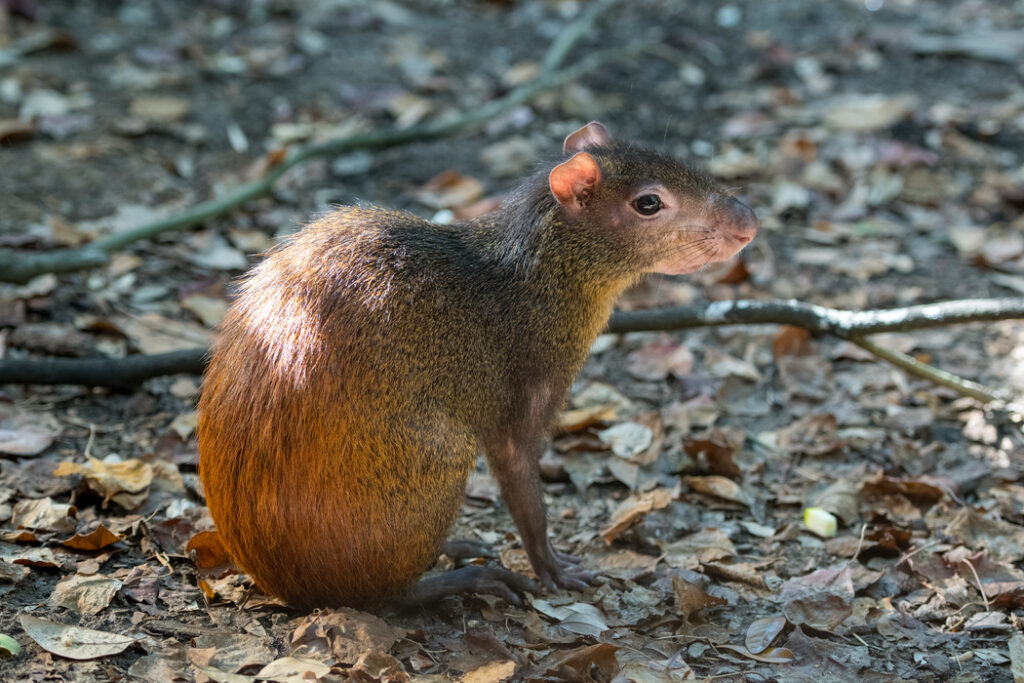
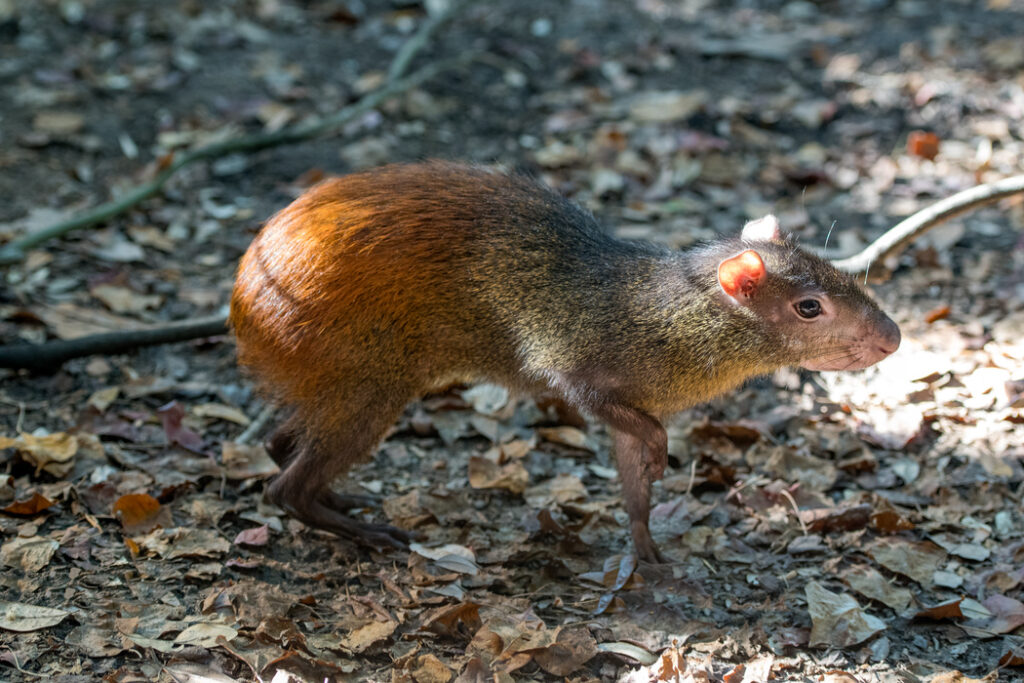
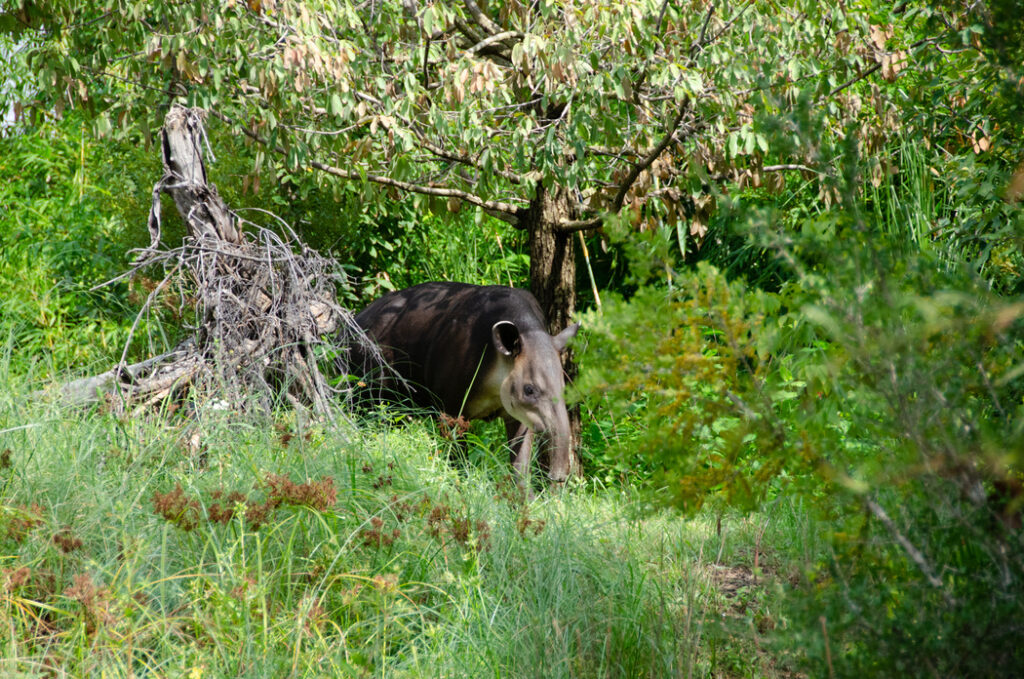
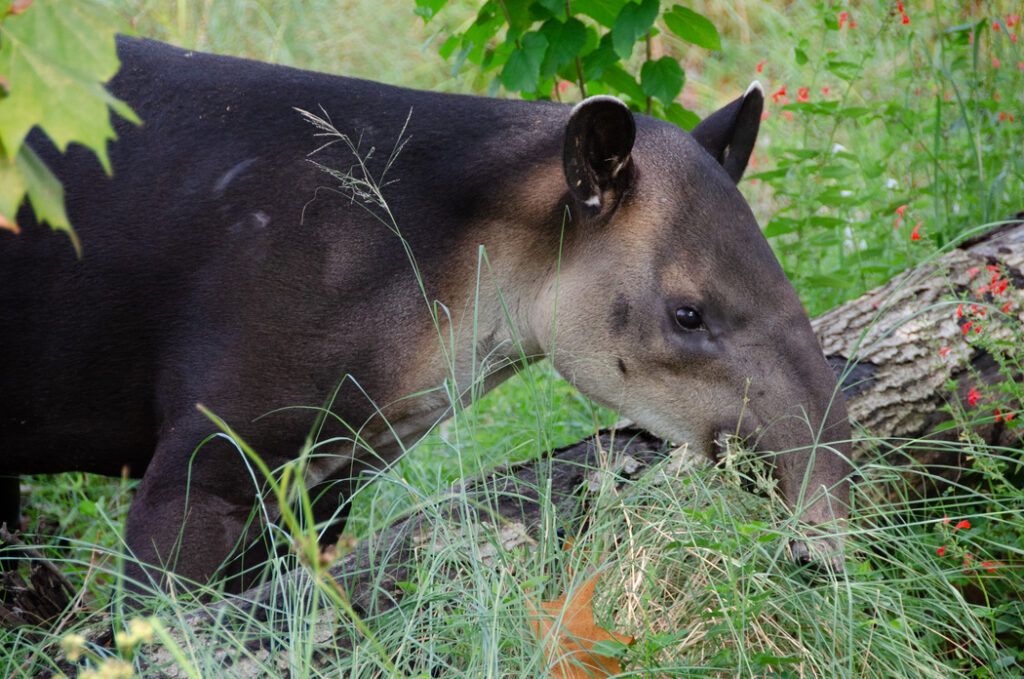
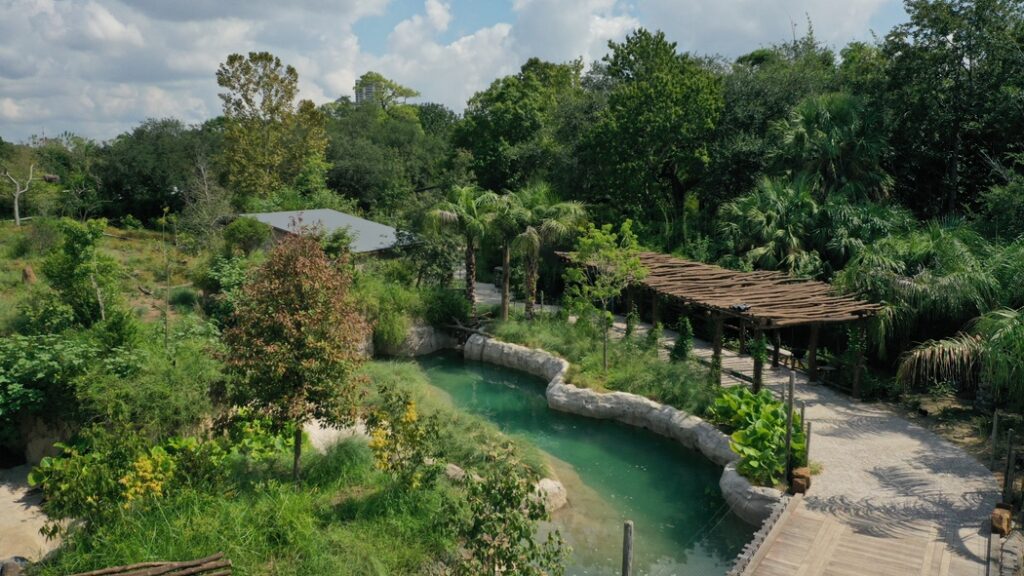
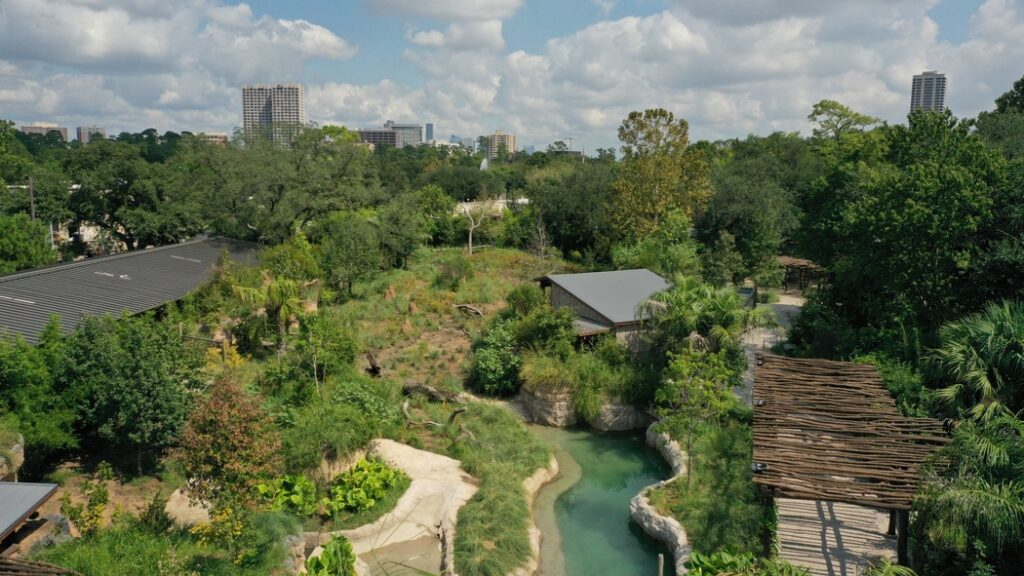
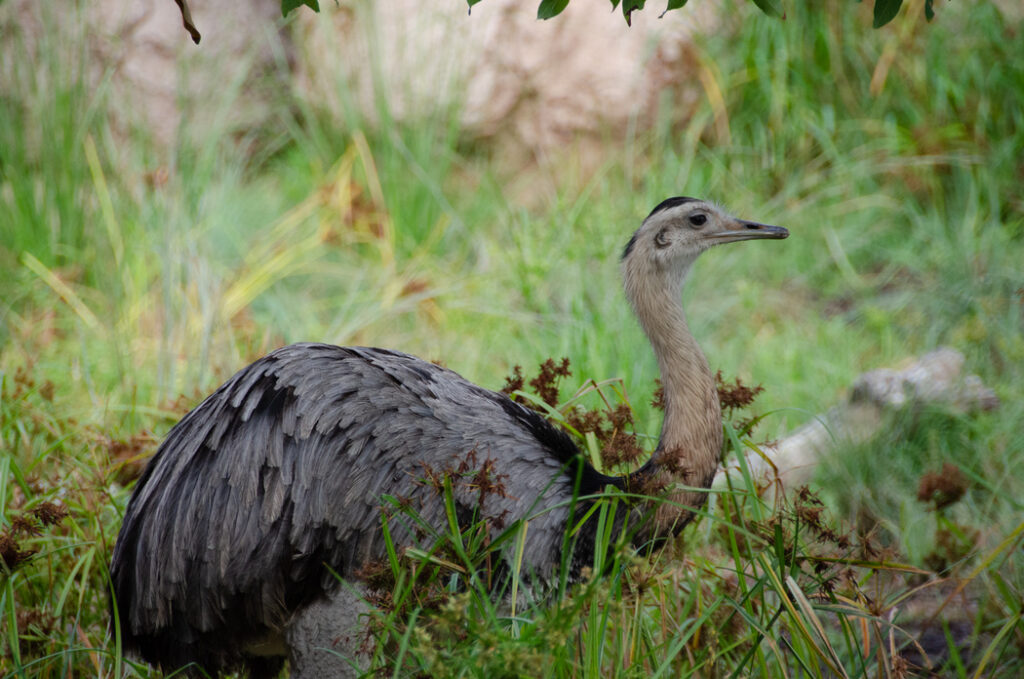

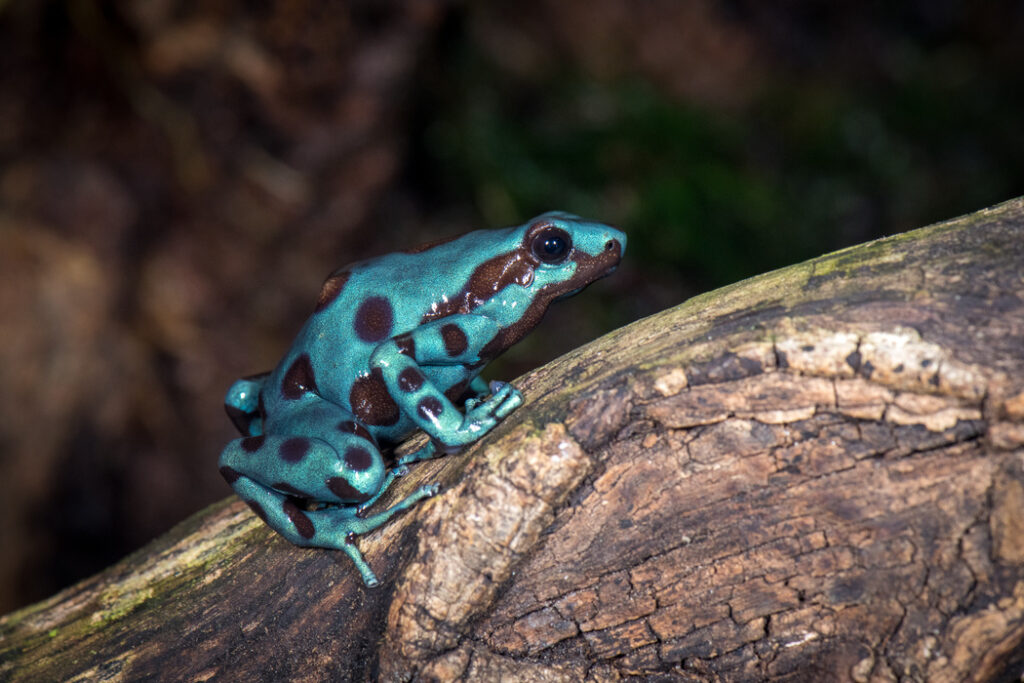

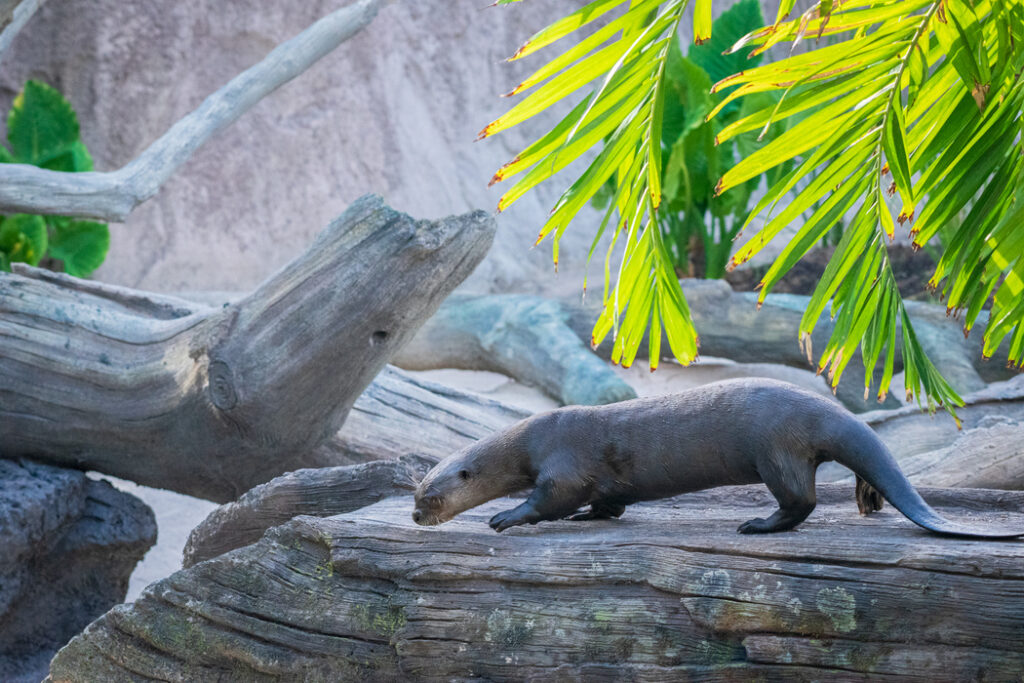

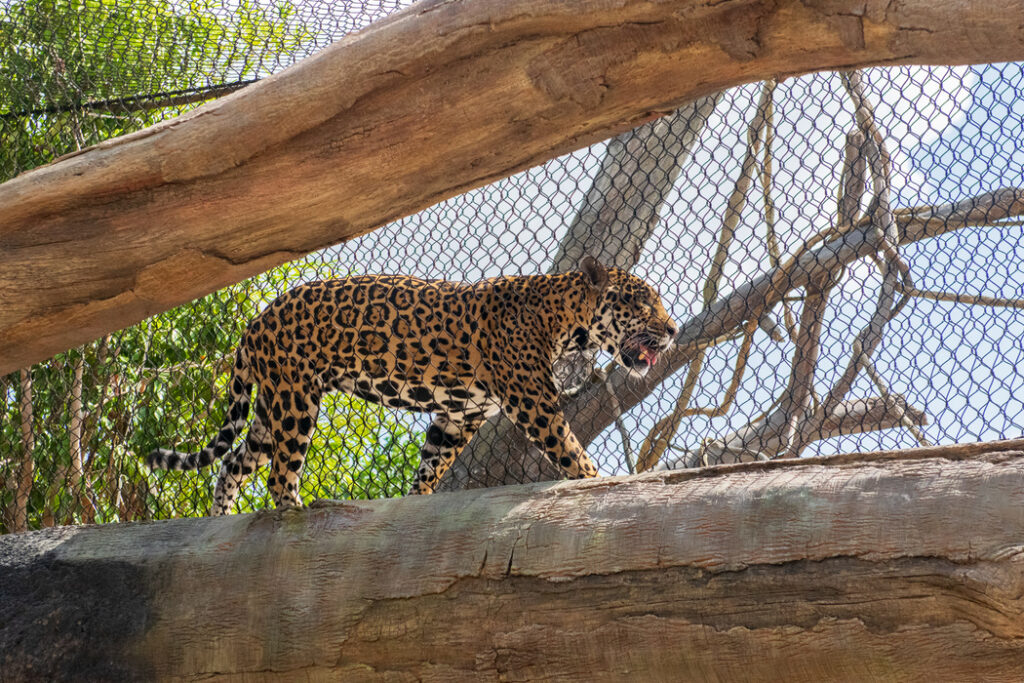






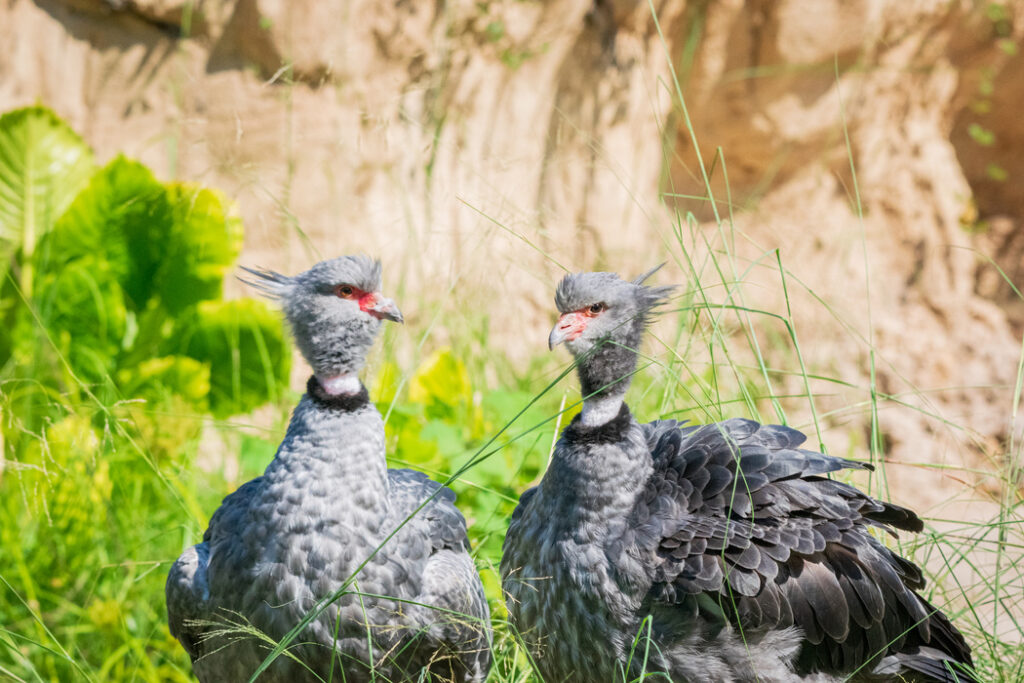

The first animals guests will encounter in South America’s Pantanal are a family of howler monkeys that occasionally burst into a cacophony of the loud vocalizations which give them their distinctive name. The dimorphic monkeys–males are black, females are brown–rarely come down from the trees they live in and use their strong prehensile tail as a fifth limb, allowing them greater versatility when climbing.
Living with the howler monkeys in this mixed species habitat are a pair of small, bright orange golden lion tamarins. These boisterous monkeys weigh less than a pound each and use roughly 40 different screams and chirps to communicate what is happening around them. Golden lion tamarins were near extinction in Brazil, but zoos have worked together to breed the tiny monkeys for release into protected forests; today there is a thriving population of golden lion tamarins in the wild. On the ground, guests will spy a couple of red-rumped agouti. These unusual rodents have large front teeth that can crack through a Brazil nut and can use their powerful back legs to jump as high as six feet in the air. These rodents are the “cleanup crew” of South America’s forests. Monkeys are messy eaters, so plenty of fruits and nuts fall to the ground for agouti to forage.
On the opposite side of the path beneath the lodge, giant river otters splash in a multi-dimensional streamside habitat. Guests will peer at the otters through more than 100 lfeet of four-inch-thick, crystal-clear acrylic panels that bring them nose-to-nose with the otters above and below water. At more than 50 pounds and five feet long each, giant river otters are the largest freshwater otters in the world. This is the first-time guests at the Houston Zoo will have a chance to see this type of otter. At one point along the streambank, schools of large tropical fish, sting rays and turtles can be seen in a sheltered cove, seemingly sharing the stream with the otters (but safely separated by invisible acrylic panels).
Next, the heaviest snake in the world, a green anaconda, lies in wait in the water below the howler monkeys in the gallery forest canopy. In nearby dry-season streambed channels, poison dart frogs hop amongst the greenery, an emerald tree boa lounges high on a branch, and fist-sized smoky jungle frogs peer out from a shallow pool.
A sheltered seating area creates a venue for Zoo staff and animals from South America to make impromptu appearances to engage guests—one day it might be a boa constrictor, another a tamandua or a sloth, or perhaps a tegu lizard or red-footed tortoise.
As guests walk around the bend, they will be met with the bright and bold colors of two spectacular and rare South American birds: blue-throated macaws and blue-billed curassows. The blue-billed curassow is amongst the most endangered of all birds. This large, mainly black species is the only curassow with a distinctive blue cere (the spot at the base of the upper bill), earning the bird its common name. Blue-throated macaws have a bright yellow breast, blue wings and a distinctive blue collar. The Houston Zoo is one of a few zoos in the US that breed these critically endangered birds.
Guests might feel as if they are being watched from the side and above as they move along the forest trail. And they are! The largest cat species in the Americas, the jaguar, will keep a keen eye on visitors from several vantage points in their new habitat. Tesoro can be seen inside the main habitat or above the path in a fully enclosed jaguar bridge. Sculpted by craftsmen to look like a fallen tree, this jaguar highway will act as a path for the cats to move from their behind-the-scenes night house to the spacious new habitat. On some days, Tesoro might have the opportunity to lounge up there for as long as he likes, watching guests pass below.
As the vista opens, guests will see across an expansive flooded grassland home to capybaras, tapirs, rheas, coscoroba swans, crested screamers, and giant anteaters. Visitors get a rare glimpse into how these different species coexist in their native lands. Nearby, adventurous children can have a go at a wobbly cable bridge crossing the flooded pools. Massive termite mounds dot the landscape, and one of them is cut away to allow guests to see how anteaters use their incredible tongues to gather a meal from inside the mound. Close up views of the habitat are offered from within a replica of a rustic shelter used by Brazilian Pantanieros, the “cowboys” whose cattle share the landscape with the wild creatures native to this seasonally flooded savanna and forest environment. Reminiscent of Southeast Texas, the Pantanal is hot, flat and wet, with lots of cattle and cowboys ranging on a largely privately-owned landscape.
Rounding out the experience are two aviaries representing wetland and savanna habitats. In the savanna aviary, guests will walk through the space and be amazed as colorful birds fly above, and perch nearby. People will share the space with unusual birds like boat-billed herons, wattled curassows, Guianian toucanet and a large flock of boisterous green oropendola. Guests will be delighted by the intricately engineered nests built by the oropendolas. The birds weave the teardrop-shaped nests that dangle precariously from tree branches, safe from potential predators.
Tickets to the Houston Zoo can be reserved at www.HoustonZoo.org. The ongoing Zoo safety and operational protocols are still in place. All guests, including members, must purchase or reserve tickets online prior to visiting the Zoo. Zoo staff continues to focus on cleaning and disinfecting high-touch areas throughout the day. Masks are required while visiting the Zoo, and maintaining proper social distancing is highly encouraged.
